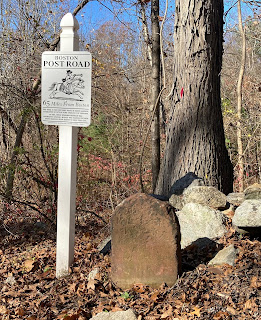Worcester, Massachusetts - "A Small Neat Town"

By 1777 the central Massachusetts town of Worcester, forty miles west of Boston, had a reputation as friendly to the patriot cause. Residents had shut down the courts in September 1774, in what author Ray Raphael argues was the true start of the American Revolution. Patriot printer Isaiah Thomas, who fled British controlled Boston in April of 1775 due to the political views expressed in his newspaper the Massachusetts Spy , subtitled "Or, American ORACLE Of Liberty" , published an account of the fighting on April 19th at Lexington and Concord in his first Worcester issue on May 3rd, 1775. Worcester residents had served as militiamen and Continental soldiers in the Northern Army that had stopped British Lieutenant-General John Burgoyne and his army - and allegedly one of his messengers. Like many Massachusetts towns though, it was also home, or once home, to Loyalists a s well. On October 22, 1777, Brigadier-General John Glover of the Continental Army notified


